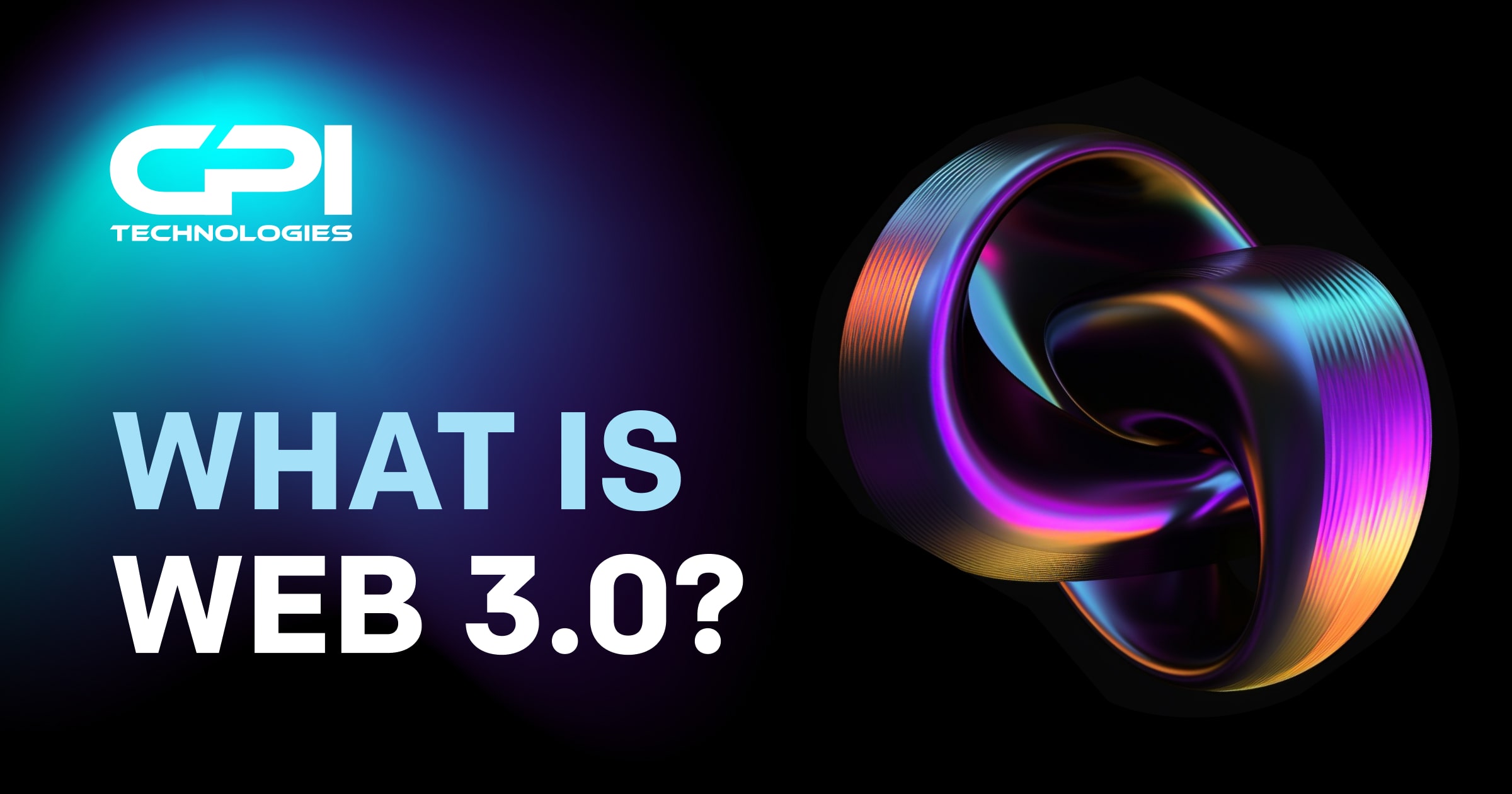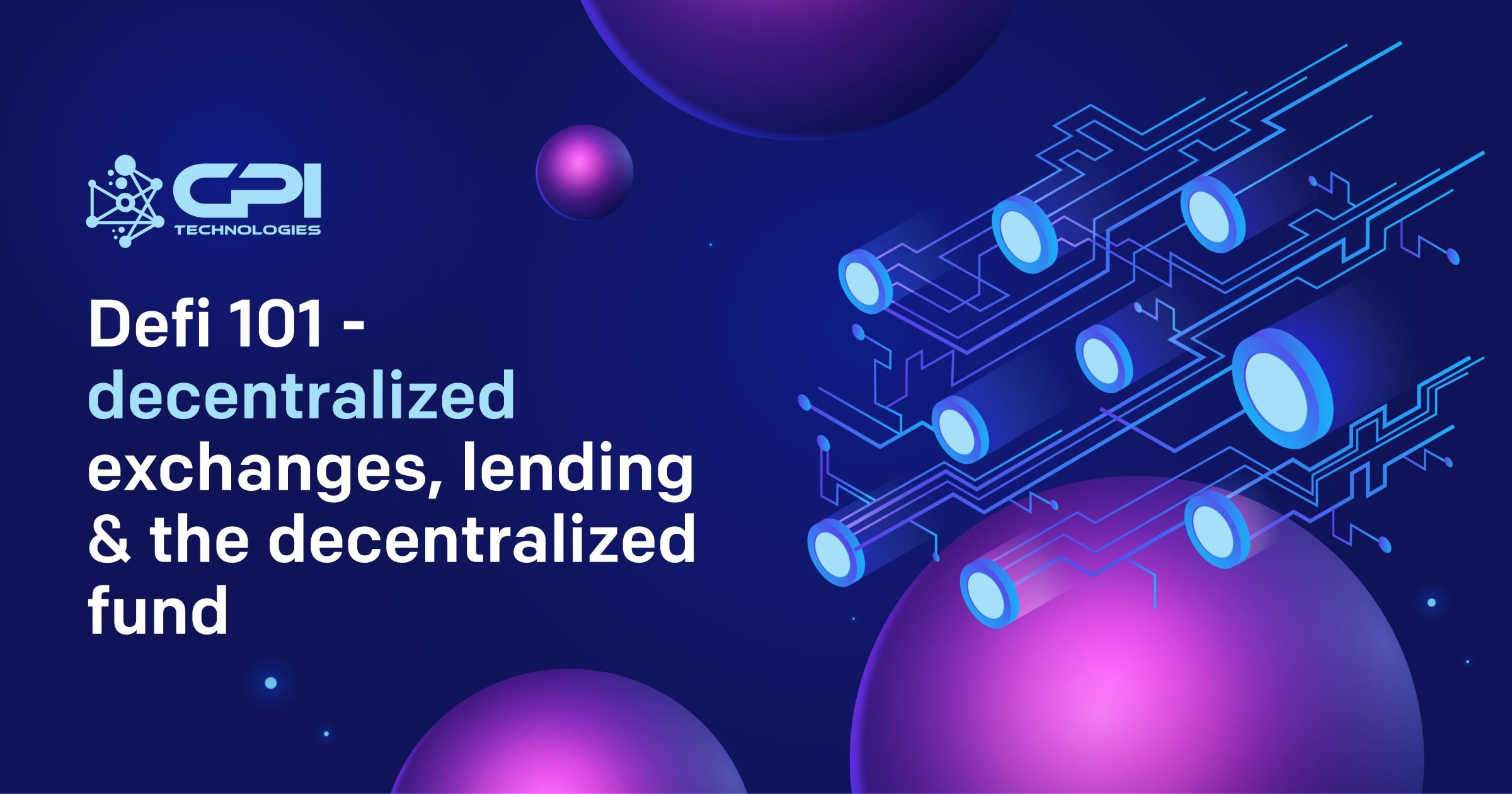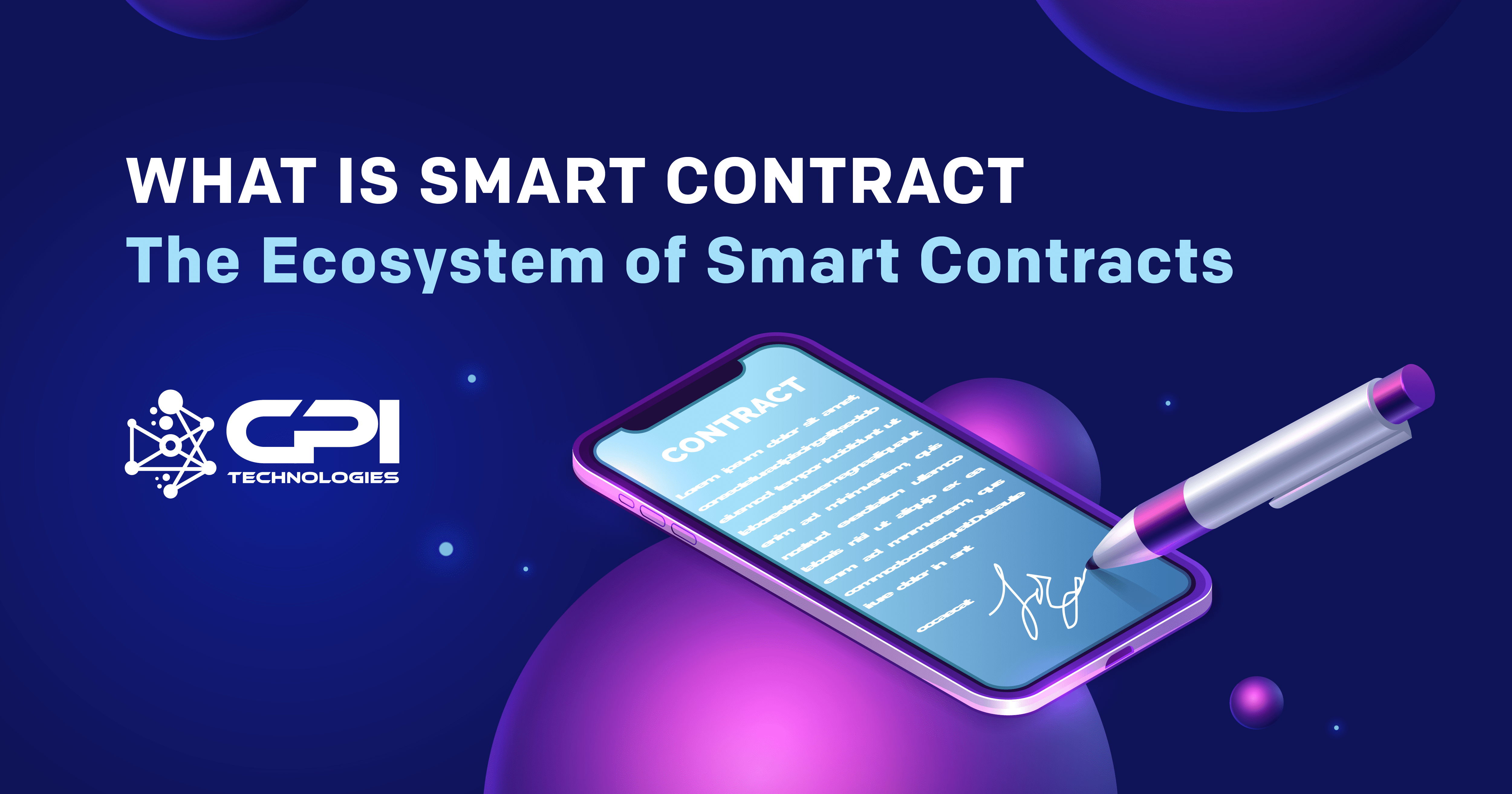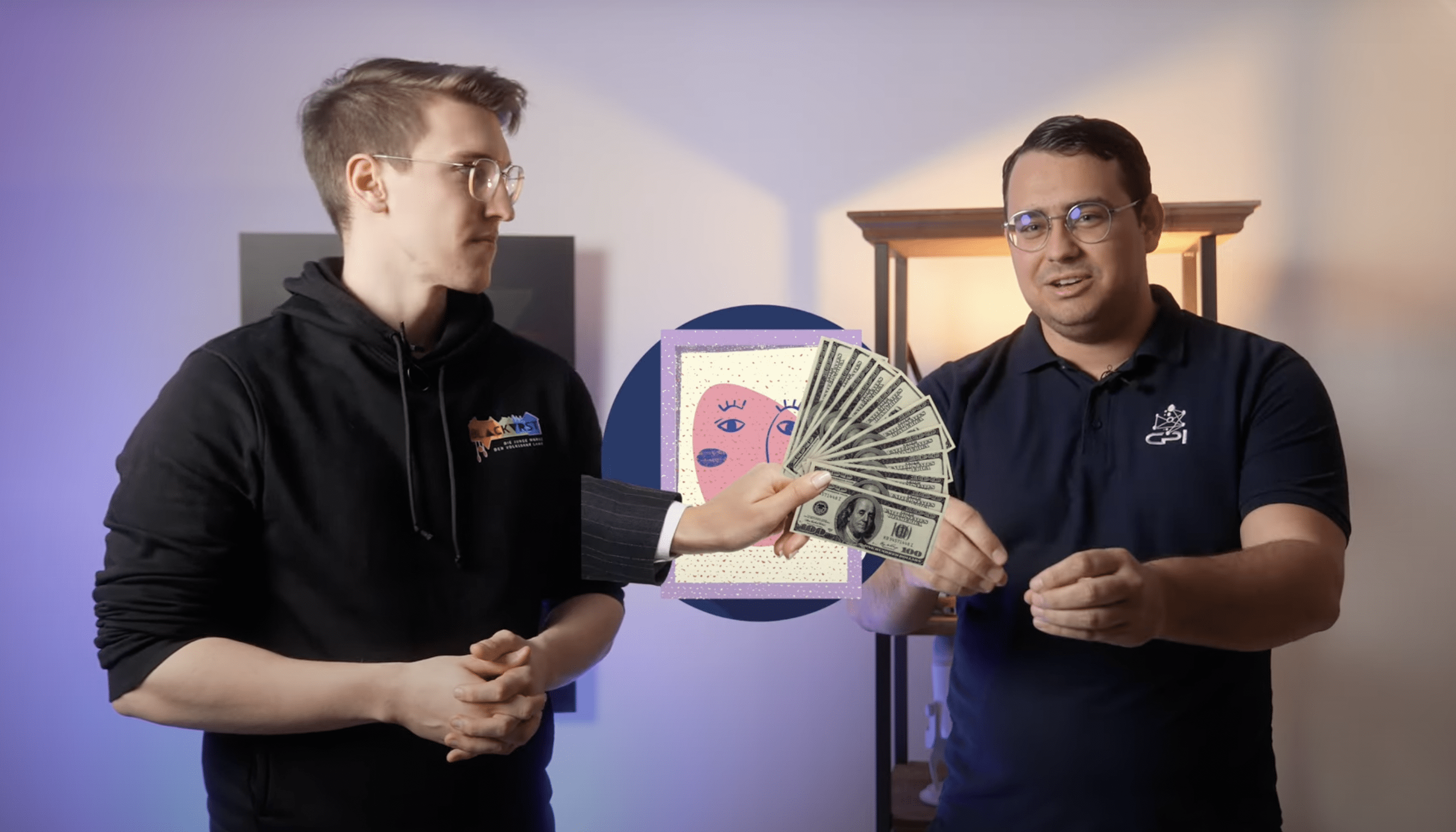
What is Web 3.0 (Web3): definition and examples?
We can say that Web 3.0 is a term that is still shaping and it can be defined in different ways. However, it encompasses a vision of the evolution of the Internet as we know it, where people can not only read and write content, but they can also own assets on the Internet.
Centralization has made it possible for billions of people to access the Internet. It also helped create the robust architecture that the World Wide Web lives on. Thus, a handful of companies control large parts of the Internet - they have the right to decide what can and cannot be allowed. You need to sign in to platforms owned by large companies like Google or Facebook to share a video, send a message to friends, or post a story.
Web 3.0 is an ongoing project to help solve this dilemma. It includes a decentralized internet - an internet that is created, maintained and controlled by its users - as opposed to being monopolized by a few large companies.
From Web 1.0 to Web 3.0
What we now call "Web 1.0" was created by Tim Berners Lee and existed from about 1990 to 2004. This was the earliest iteration of the Internet - a small number of content creators wrote web pages for the entire web audience.
Web 1.0 was focused on accessing information through web pages that were linked through hyperlinks - sort of like a massive encyclopedia on the web. But it lacked the forms, visual effects, and interactivity that the modern web has. That's why it's called a "read-only" network!
The beginning of Web 2.0 can be seen in 2004 when social networking platforms began to take off. The number of content creators has increased significantly and platforms have thrived on user-generated content. Emphasis was also placed on interaction between users and on interaction with the end user.
In essence, the transition was from simple "reading", i.e. consumption, to "writing", i.e. creating content, and/or interacting with others. This can mean a lot of things, from creating content on YouTube or Instagram, to simply creating a Google account and leaving user reviews of places, podcasting, writing a blog, and more.
The term Web 3.0 was coined in 2014 by Ethereum co-founder Gavin Wood. The term was intended to refer to a key problem that many on the Web face - the problem of trust. The vast majority of the Internet today is centered around users who trust a handful of companies to act in the public interest.
At its core, Web 3.0 uses blockchains, cryptocurrencies, and NFTs to distribute ownership and reduce the "trust" factor on the web.
Core ideas of Web 3.0
Reliability - third-party trust is replaced by economic incentives.
Permissionless - everyone gets equal access to participate in the web.
Decentralization is where ownership is shared between builders and users rather than being concentrated in the hands of a few.
Native payments are in the form of cryptocurrencies and do not rely on the traditional financial architecture of banks and payment systems.
Web 3.0 opportunities
Web 3.0 provides new opportunities in many spheres:
DeFi provides exposure to global markets and opens up financial services to anyone with an internet connection. It will give you control and visibility over your money.
Decentralized social media can prevent the unauthorized sale of user data which is one of the contentious issues with centralized social networks. Moreover, Web 3.0 can increase user privacy. No central authority will control or oversee your activities in fully decentralized social media.
Asset tokenization with Blockchain will change the financial landscape by making it simple to divide an asset into smaller parts that indicate ownership, promoting the democratization of investment in previously illiquid assets, and establishing more equitable marketplaces. Every type of asset, including paintings, digital media platforms, real estate, stock in a firm, and collectibles, can be tokenized on a distributed ledger.
Digital identity will enable you to verify who you are online whenever you need it without millions of passwords, type forms, etc. The dAuth is a KYC NFT created by CPI Tech. Users can keep their digital identities in the metadata, which can be verified by any third-party provider but can only be unlocked with their own private key.
All in all, Web 3.0 technology will not only change the way we interact on the Internet. It will affect many other spheres in our life from finance to gaming, bringing a myriad of technical innovations that will help enrich the user experience and raise it to a level higher than we ever dreamed of.
Video about Web 3.0
Are there still some questions about Web 3.0? Check this short video where CPI tech covers all essential bits of Web 3.0
Interested in learning more about blockchain technology and Web 3.0? Contact us, and we will be happy to provide a consultation for you.


